Higashiosaka “Flower Calendar”

In Higashiosaka City, various flowers bloom throughout the four seasons. We would like to introduce the best time to see the flowers as part of their flower history.
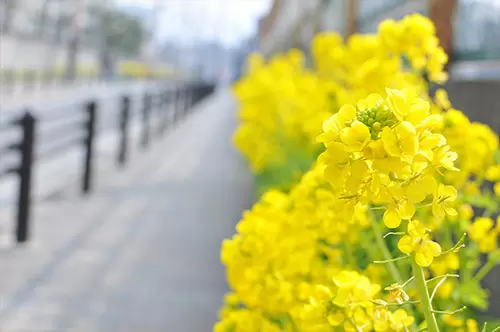
[Early February to mid-March]
canola flower Memorial Day (around Ryotaro Shiba Memorial Museum)
The canola flower loved by Ryotaro Shiba, an honorary citizen of the city, will be displayed at the Ryotaro Shiba Memorial Museum and surrounding roads and parks around February 12, the anniversary of his death. In order for citizens to enjoy the early arrival of spring, the entire area will be decorated with canola flower grown by the Haru Ichiban canola flower Memorial Association, which is made up of over 30 organizations including local neighborhood associations and schools. The canola flower that are displayed around the end of January are a variety that blooms earlier than regular canola flower, and reach their peak around mid-February and can be enjoyed until the end of March.
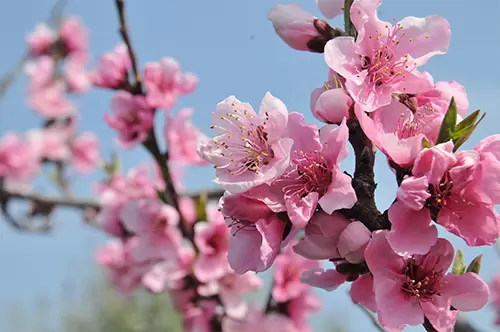
[Mid-March to early April]
Inada Momo (Inada district)
Inada peaches were actively cultivated in the Inada area in the late Edo period. In 2001, citizens launched the ``Inada Peach Regeneration Project'' to collect peach seeds from logs and increase the number of peach trees. Currently, beautiful pink flowers bloom for about 2 kilometers along the Daini Neyagawa Embankment on the west side of Kusune Elementary School.
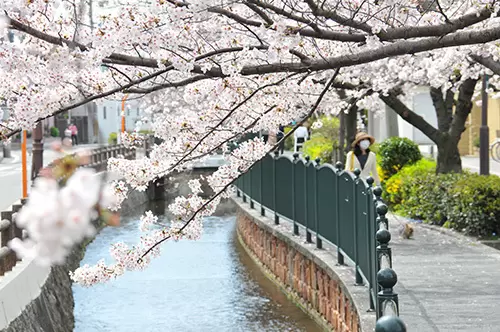
[From early April]
Cherry blossom viewing (various locations in the city)
Cherry blossoms are in full bloom in various parts of the city, including Hanazono Central Park, and are a sight to behold for many people.
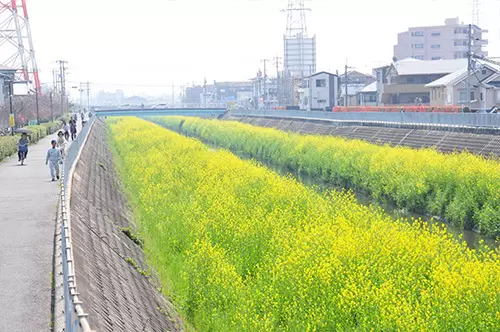
[From early April]
canola flower(south side of Kintetsu Higashihanazono Station, etc.)
canola flower begin to bloom along the Onchi River, which runs north-south in the eastern part of the city, creating a bright yellow carpet approximately 8 kilometers long that delights the eyes of citizens. These canola flower were sown and grown between 2004 and 2004 by the Higashiosaka City Environmental Counselor Association, an NPO that works to purify the water quality of the Onchi River, in collaboration with local residents. Nowadays, it has grown to such an extent that there are people not only from within the prefecture but also from outside the prefecture who have heard of its reputation and visit.
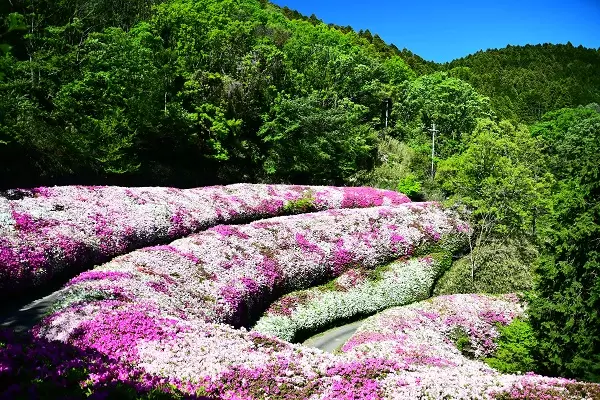
[From early May]
Azalea (Fumin no Mori "Narukawaenchi")
In spring, the azaleas at Narukawaenchi, the prefecture's forest in Kamishijo Town, bloom in white, red, and pink, delighting hikers. The azalea garden, located at an altitude of approximately 400m, is home to approximately 2,500 Hirado azalea trees that are approximately 40 years old and are spread out in a winding pattern over 500m. The temperature is about 2 degrees lower than in the flatlands, so the best time to see them is usually from the latter half of Golden Week.
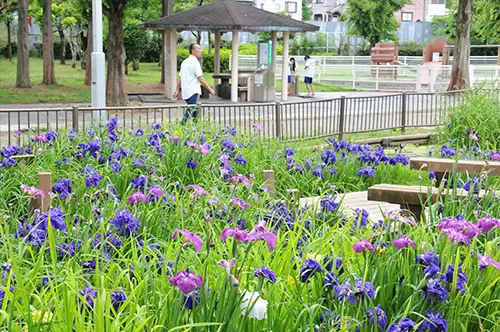
[From early June]
Hanazono (Hanazono Central Park)
At Hanazono Central Park's Hanashobu Pond, large, beautiful blue-purple, light purple, and white flowers bloom, pleasing the eyes of visitors. In the gourd-shaped flower pond, not only iris but also iris iris are planted, with a total of about 3,800 plants. The Japanese iris usually starts blooming in early May, and the iris starts blooming in early June. At its peak, large, colorful flowers with a diameter of 10 to 15 cm bloom beautifully.
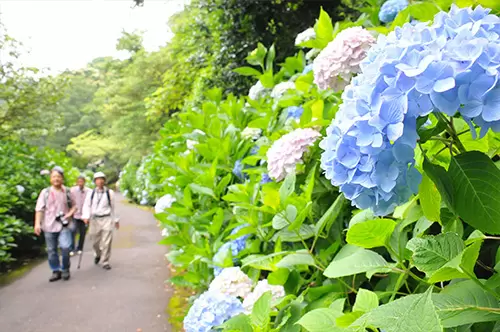
[Mid-June to mid-July]
Hydrangea (Fumin no Mori “Nukataenchi”)
At the hydrangea garden in the Nukata Park of the Fumin no Mori, approximately 25,000 hydrangeas of more than 30 varieties are planted along a 1.5-kilometer winding promenade called the ``Hydrangea Promenade.'' Because it blooms at an altitude of approximately 500 meters, it blooms later than regular hydrangeas and can be enjoyed from mid-June to mid-July.
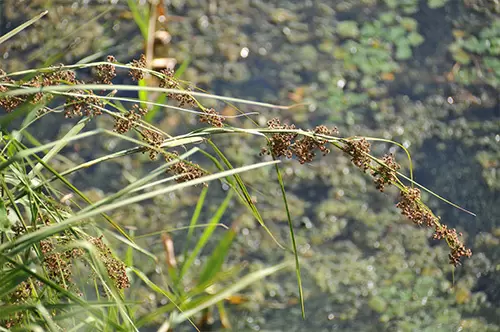
[Mid-September to late September]
Hitomotosuki (Kusakashinike)
In September, the ``Hitomotosuski'', which the city has designated as a natural monument, sprouts brown spikes on the banks of Kusaka Shinike Pond at the base of Mt. Ikoma, giving off a sense of autumn that comes a little earlier than in the plains. Hitomotosuki originally grows in wetlands near the coast, and it is rare for it to grow in clusters in the mountains.It was established in March 1973 as a valuable remaining plant that proves that Osaka Bay reached the base of Mt. Ikoma about 3,000 years ago. designated as a natural monument.
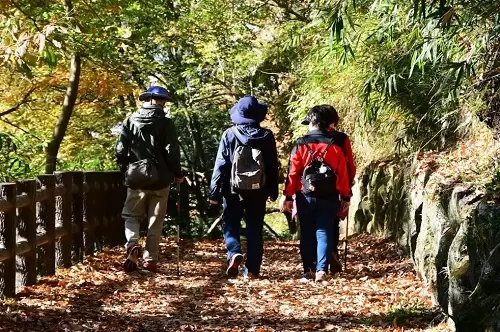
[From November]
Autumn leaves (Mt. Ikoma)
In autumn, the Ikoma Mountains to the east of the city turn beautiful reds and yellows. There are hiking trails from Kintetsu Hiraoka Station and Ishikiri Station to near the summit of Mt. Ikoma, so many hikers come from outside Higashiosaka City to see the autumn leaves.
■Experience-based tourism that takes advantage of the manufacturing town ■“Rugby (sport)” tourism that takes advantage of the rugby town ■“Culture/downtown” tourism that takes advantage of cultural resources, shopping streets, etc.
The contents on this page may partially contain automatic translation.































![[2026] Top 5 Strawberry Picking Spots in Tokushima, Naruto| Farms and Access Guide for January to May](https://resources.matcha-jp.com/resize/720x2000/2025/03/06-227165.webp)


